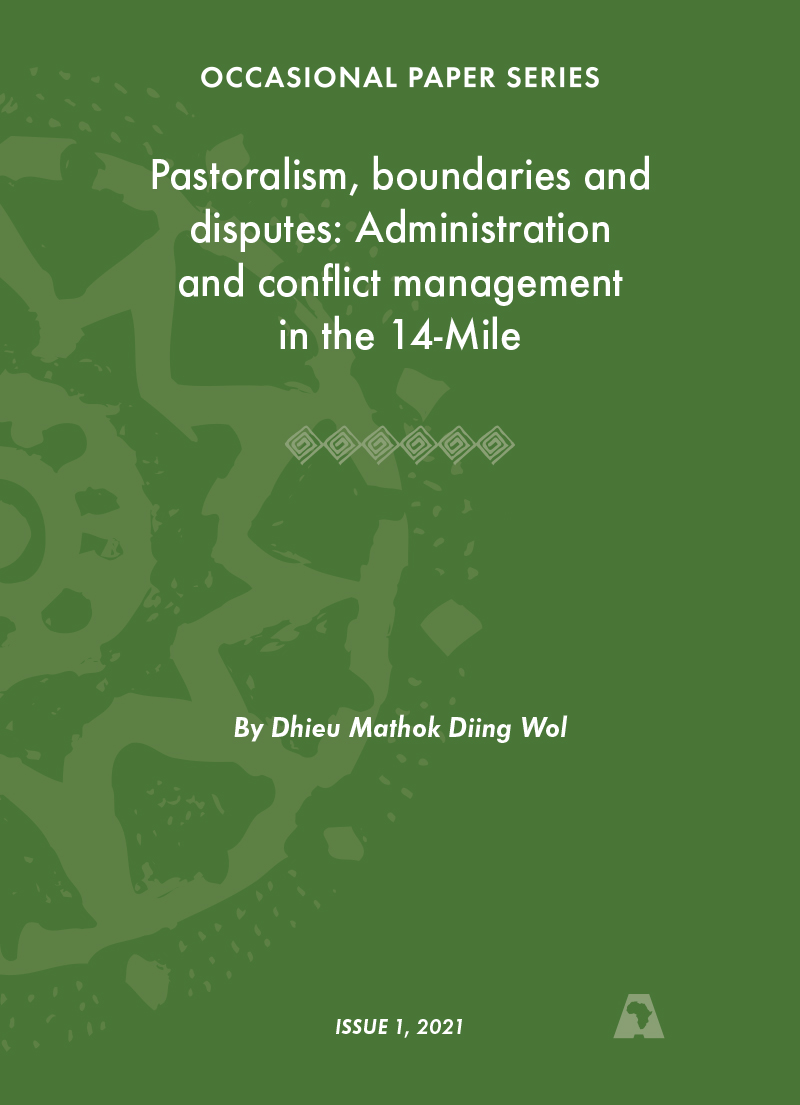
This paper analyses the conflict between the Dinka Malual and Riziegat tribes over a small strip of land located in Kiir/Bahr al Arab, now called “the 14-Mile”. The paper examines the circumstances behind the creation of the 14-Mile by posing questions on whether the 14-Mile was a grazing corridor or a border line.
This paper analyses the conflict between the Dinka Malual and Riziegat tribes over a small strip of land located in Kiir/Bahr al Arab, now called “the 14-Mile”. This land was designated by the British colonial administration in 1924 as a pastoralist corridor for Arab nomad tribes living in Darfur, especially the Riziegat.
Following a number of factors, the colonial administration later developed this pastoralist corridor into a boundary and made attempts to annex the area to Darfur, a decision that was protested by the Dinka Malual. This protest escalated into a dispute over ownership of the land.
This paper examines the circumstances behind the creation of the 14-Mile by posing questions on whether the 14-Mile was a grazing corridor or a border line. To prove ownership of the land, this study discusses the history of migration into the area, defines and analyses the 1924 Munro-Wheatley Agreement and further discusses administrative measures, including security and conflict management, which were instituted to manage the 14-Mile.
The paper concludes by proposing a soft border regime policy that will regulate the movement of pastoralists without restrictions as a way to attain sustainable peace and harmony in the area.
By:

